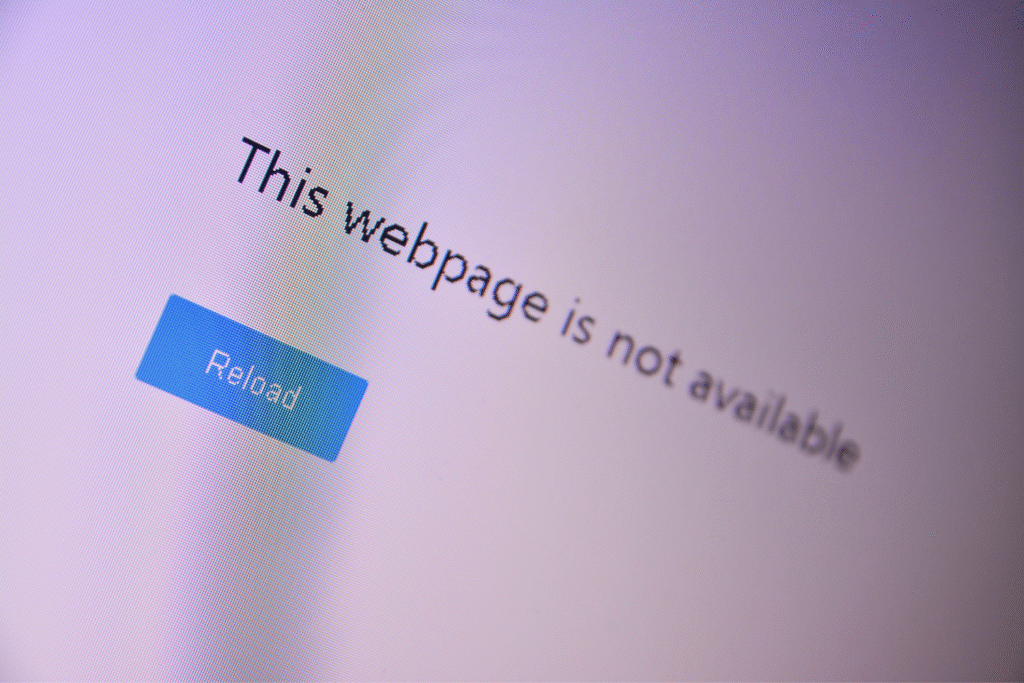When results don’t meet expectations, the underlying issue is often unclear task instructions rather than team capability, especially when working across cultures. The CLEAR method task delegation framework helps leaders assign specific tasks using a systematic approach that fits Filipino work culture.
It breaks task delegation into five parts—Context, Limitations, Expectations, Authority, and Results—making it easier to delegate work, enable success, and improve team performance. This guide explains using the CLEAR method to delegate effectively, reduce confusion, and boost productivity across your remote team.
What Is the CLEAR Method in Delegation?
Task delegation often fails when instructions lack structure. The CLEAR method offers a clear communication strategy to delegate tasks effectively, especially when working with remote Filipino staff.
A Quick Overview of the CLEAR Acronym
The CLEAR method stands for Context, Limitations, Expectations, Authority, and Results. It’s a task management tool that helps leaders assign the right tasks with full clarity. Context explains why the task matters. Limitations define the boundaries, such as budget, tools, or scope.
Expectations list exactly what the final output should include. Authority outlines what decisions the team member can make alone. Results specify the expected outcomes and deadlines. This process improves delegation skills, prevents confusion, and helps team members focus on what’s important.

Why It Works Well for Filipino Work Environments
Many Filipino professionals may prefer to avoid direct questions or confrontation, especially in hierarchical settings, as a way to preserve harmony. That’s why effective delegation must include full clarity up front. The CLEAR method improves communication and makes it easier to delegate responsibility in a way that fits cultural norms. It gives team members the confidence to tackle tasks without hesitation and supports professional development over time.

Cultural Traits That Make Structure Especially Important
In many cases, Filipino remote workers value respect for authority, group success, and harmonious relationships, which can shape how they respond to delegation. They may wait for directions without clear instructions or hesitate to speak up. A structured delegation process like CLEAR helps leaders ensure clarity, assign specific tasks, and build trust. It also makes it easier for new leaders to track progress, provide feedback, and focus on strategic initiatives that support organizational success.

Breaking Down the CLEAR Method Step by Step
Each part of the CLEAR method gives your task delegation process more structure. Here’s how each step works when assigning tasks to your Filipino team members.
C – Context: Explain Why the Task Matters
Context gives team members a reason to care. When you provide context, you show how the task connects to bigger goals, such as project success or client needs. It helps employees understand where their work fits in, which improves job satisfaction and motivation. Even skilled co-workers may miss the mark or focus on the wrong details without context.
L – Limitations: Set Clear Boundaries or Constraints
Limitations define what’s not allowed or what must be avoided. This could include staying within a particular budget, using only approved tools, or focusing only on certain clients.
Setting limitations early prevents errors, reduces rework, and helps your team allocate time and resources wisely. This step is especially useful for delegating important tasks with tight margins or sensitive information.
E – Expectations: Define What the Final Output Should Look Like
Expectations explain exactly what the deliverable should be. This includes format, quality, number of revisions, or required visuals. Clear expectations let team members focus without guessing and improve overall team performance.
It also makes it easier for managers to review work and provide feedback quickly. Delegating tasks with clear expectations saves your own time and avoids the frustration of unclear instructions.
A – Authority: Clarify Decision-Making Power
Authority tells your team how much freedom they have. This step defines when they should act on their own and when to consult you or another leader. It’s beneficial for project management and delegating tasks that involve co-workers or cross-functional work.
If authority isn’t clearly defined during delegation, progress may stall, and team members can become uncertain about how to proceed. Clear authority builds confidence and supports team development.
R – Results: Describe What Success Looks Like and When It’s Due
Results make the expected outcomes measurable. This includes what success looks like, how progress will be tracked, and when the task is due—with the time zone clearly noted. This step can support skill-building by clarifying expectations and providing a model for quality work.
CLEAR Method Task Delegation Example
Understanding how to apply the CLEAR method in real situations can help leaders delegate tasks more effectively. Here’s a simple example to show how this framework improves task clarity.
Sample Task Brief Using the CLEAR Format
Imagine you’re assigning a team member to update a client report. The task brief might look like this:
Context: This report helps the client understand monthly performance and plan the next steps.
Limitations: Only include data from August and avoid editing previous months.
Expectations: Use the report template, fill in all metrics, and double-check for errors.
Authority: You can choose chart formats, but check with me before changing the layout.
Results: Submit the final report in PDF format by Friday, 3 PM Manila time.
This structure makes the delegation process smoother and ensures clarity at every step.

Before and After: Vague vs. CLEAR Instructions
Many leaders feel guilty about over-explaining, but vague directions often lead to confusion and delays. The CLEAR method provides a structure that removes guesswork and helps team members focus.
| Vague Instructions | CLEAR Instructions |
|---|---|
| “Update the report ASAP.” | “Update the August report using the template. Include all performance metrics, no changes to past data, and submit by Friday, 3 PM Manila time.” |
| “Create social posts for next week.” | “Write 3 social posts promoting our new product. Use brand tone, avoid pricing mentions, and submit for review by Tuesday afternoon.” |
Why This Works Better for Remote Filipino Teams
Respect, teamwork, and maintaining harmony are common workplace values in Filipino professional environments. They may hesitate to ask questions or take initiative when instructions are vague. CLEAR task delegation helps leaders assign responsibility without pressure.
It enables success through specific steps, clear communication, and practical tools that match cultural work habits. This structure can help Filipino staff feel more confident in their roles, which may lead to better performance and productivity.
How to Use the CLEAR Method in Daily Operations
Once you’re familiar with the CLEAR method, it can be used across your task management system every day. Integrating it into your tools makes delegation easier and more consistent.
Task Card Template for Project Tools (Trello, ClickUp, Asana)
Task cards are great tools for assigning tasks and tracking progress. Here’s how the CLEAR method fits into common project management platforms:
| CLEAR Field | Trello | ClickUp | Asana |
|---|---|---|---|
| Context | Add in card description | Use “Overview” section | Write in task details |
| Limitations | Checklist or label | Custom field or subtask | Subtask or comment |
| Expectations | Checklist + attachment | Custom field + notes | Add to description |
| Authority | Comment with permissions | Assignee roles or tag | Assign and @mention |
| Results | Due date + checklist | Due date + status field | Deadline + priority tag |
This format allows leaders to delegate effectively, choose wisely which platform fits their needs, and ensure clarity across the team.
When to Repeat or Adjust CLEAR Steps Mid-Project
Not all tasks go as planned. Leaders may need to repeat or adjust parts of the CLEAR method during a project. If goals shift, timelines move, or unexpected blockers appear, update the Context and Results first. If a team member takes on more responsibility, review Authority to reflect their new role. These updates help maintain focus and keep the delegation process on track without confusion.
How CLEAR Reduces Back-and-Forth Questions
Unclear task briefs often lead to constant messages, status updates, and co-workers asking for clarification. The CLEAR method helps reduce back-and-forth questions by providing clear expectations and detailed instructions at the start. This saves time, reduces delays, and helps team members tackle tasks without second-guessing. It also supports building trust by showing you’re organized and thoughtful in how you delegate.

Common Mistakes to Avoid in Task Delegation
Even effective leaders sometimes struggle with delegation. Avoiding a few common mistakes can make a big difference in team success and productivity.
Leaving Out the “Why” Behind a Task
Team members need to understand why they’re doing something. Without context, a task can feel unimportant or random. When leaders fail to provide context, the team may lose focus or miss the bigger picture. Including the “why” helps link specific tasks to strategic initiatives and gives the work more meaning.
Assigning Tasks Without Confirming Understanding
Saying, “Let me know if you have questions,” isn’t enough. Filipino team members might not ask, even if something’s unclear. To ensure clarity, ask them to explain the task back to you in their own words. This simple check strengthens delegation skills, builds accountability, and leads to better results.
Giving Authority Without Limits or Guidance
It’s crucial to delegate responsibility, but team members can feel lost or overwhelmed without clear limits. They may hesitate to act or make decisions that don’t match your goals. Use the CLEAR method to define what choices they can make and when they should ask for input. This balance gives them confidence while protecting the project’s success.

Delegate Smarter with the CLEAR Method
The CLEAR method is more than a task delegation strategy—it’s a practical tool that helps effective leaders delegate tasks effectively while aligning with cultural strengths. It gives team members the structure to stay focused, take ownership, and develop new skills without confusion.
This framework helps bring structure to task allocation and communication, which can lead to fewer misunderstandings and better productivity. When applied consistently, CLEAR strengthens your delegation process and supports long-term team development, performance, and organizational success.
Frequently Asked Questions
What does the CLEAR method stand for in delegation?
It stands for Context, Limitations, Expectations, Authority, and Results.
Why is the CLEAR method useful for Filipino teams?
It provides structure and clarity, which fits well with Filipino cultural values like harmony and respect for authority.
How do I know if a task was delegated clearly?
Your team member can explain the task, timeline, and expected outcomes without needing to ask follow-up questions.
Should I use the CLEAR method for small tasks, too?
Yes, even small tasks benefit from clear communication and expectations.
What tools help apply the CLEAR method in daily workflows?
Trello, ClickUp, Asana, and Google Docs are all useful for applying the CLEAR method to task management.
References
- Harvard Business School. (2020). How to Delegate Effectively: 9 Tips for Managers. https://online.hbs.edu/blog/post/how-to-delegate-effectively
- Philippine Atmospheric, Geophysical and Astronomical Services Administration. (n.d.). Philippine Standard Time. https://oras.pagasa.dost.gov.ph/
- Philippine Statistics Authority. (2025). Highlights of the March 2025 Labor Force Survey. https://psa.gov.ph/statistics/labor-force-survey
- The Remote Group. (2024). Filipino People – Culture, Values, and Traits. https://theremotegroup.com/filipino-people-culture-traits/
- U.S. General Services Administration. (n.d.). Project management information system. https://www.gsa.gov/real-estate/design-and-construction/project-management-information-system




